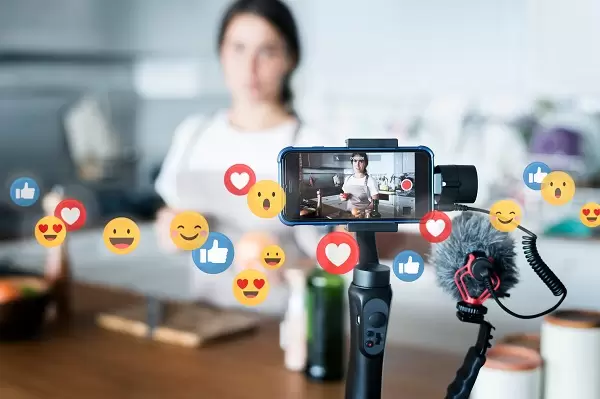By allowing creative freedom but with established guidelines, brands can encourage authentic content that reinforces their reputation.
A significant portion of brands are planning to increase their spending on influencer marketing in 2025. In a recent survey, 71% of companies said they will allocate more budget to such campaigns next year. Another study indicated that 66% of brands will increase their resources.
Unlike other collaborations, influencers bring a personal touch by seamlessly integrating brands’ messages into their content, creating an authentic and close connection with their followers.

Influencer partnerships are inherently dynamic, leveraging real-time trends and insights to capture attention. Understanding how they work is key to maximizing marketing value and fostering partnerships that resonate deeply with target audiences. Leaders should avoid the following mistakes to help businesses secure influencers that better align with their brand:
Speed up the agreement
Brands that rush into the partnership process often set off alarm bells among influencers. Last-minute changes to the contract can indicate poor planning or an attempt to sneak in unfavourable terms. Impossible deadlines can lead to low-quality content, while demanding instant responses, which is unreasonable and can signal future communication problems.
Professional associations leave enough time to test products and create authentic content. Hasty agreements often lead to ambiguous expectations and legal vulnerabilities for both parties.

Inaccurate payment details
Transparency in financial matters is crucial to the success of an influencer-brand relationship. Fluctuating commission rates make it difficult to predict revenue and suggest instability. “Exposure” as payment rarely translates into real value for established influencers. Overly complex affiliate schemes can be used to obfuscate actual revenue.
How to be clear about money in a marketing agreement:

Example of compensation and payment terms
- Fee structure: «The influencer will receive a flat fee of $2,000 for agreed-upon deliverables.»
- Payment Schedule: «50% (US$1,000) is due upon signing of this agreement. The remaining 50% (US$1,000) is due within 14 days of satisfactory completion of all deliverables.»
- Payment method: «All payments will be made by direct deposit into the bank account provided by the Influencer.»
- Billing: «Influencer must submit an invoice for each payment. Invoices must be sent to accounting@brandname.com . «
- Performance Bonus: «If the campaign reaches 100,000 likes across all posts, an additional $500 bonus will be paid.»
- Expenses: «All pre-approved expenses related to content creation will be reimbursed within 30 days of receipts being submitted.»
- Taxes: «Influencer is responsible for reporting and paying all applicable taxes on compensation received.»
- Late Payments: «Any payment not made within the specified time frame will incur a monthly late fee of 1.5% on the outstanding balance.»
This clear language describes the exact amount, payment schedule, method, and additional terms, leaving little room for misinterpretation or dispute.

Control the narrative
Brands seeking excessive control over content creation can be problematic. Scripted content limits the influencer’s creativity and authenticity. Strict publishing schedules can lead to poor content timing, and not allow for editing so the influencer can tailor the message to their audience.
Major brand partners rely on influencers to know their audience and present products authentically. Too much control can compromise the person’s voice and the effectiveness of the content.
Negative experiences with influencers can be avoided by thoroughly vetting potential partners to ensure alignment with the organization’s values and maintaining clear, consistent communication throughout the collaboration. By giving influencers creative freedom, with established guidelines, brands can foster authentic content that reinforces their reputation.

